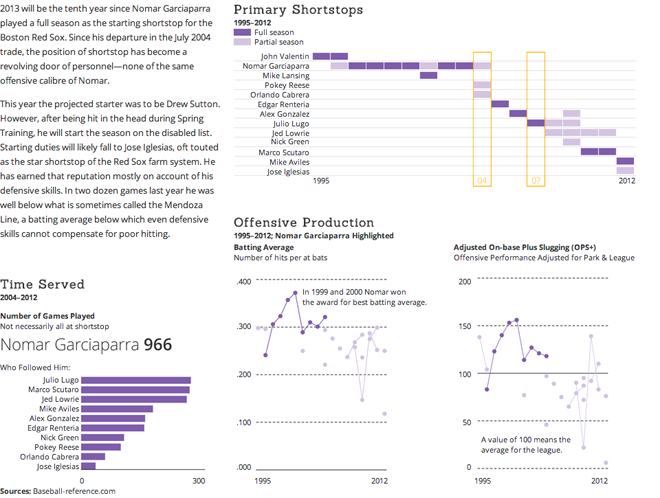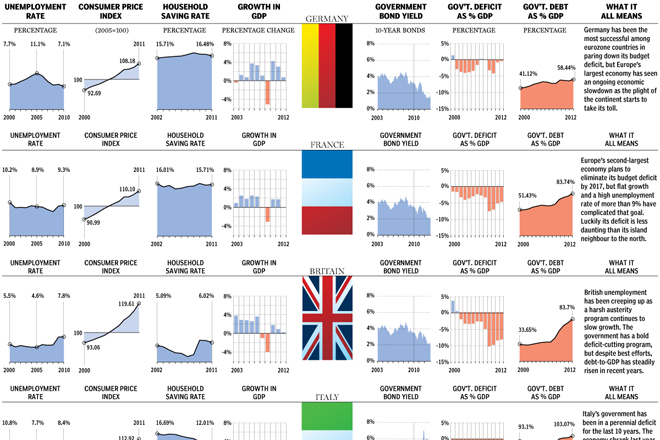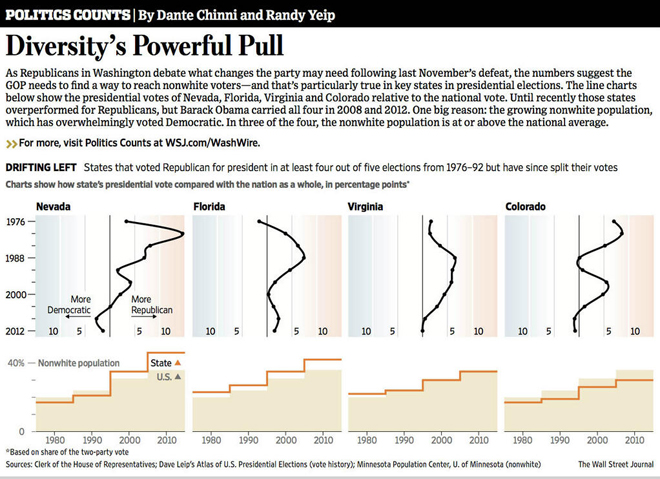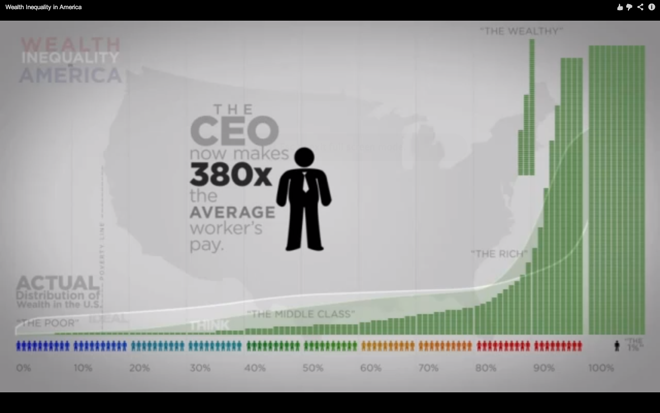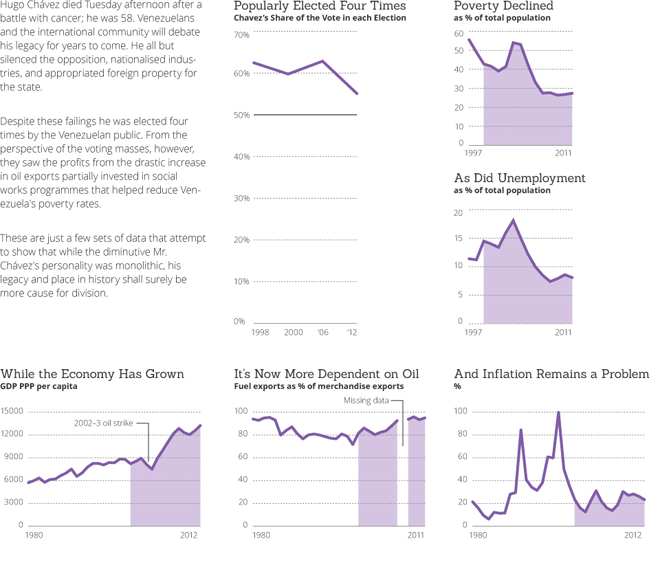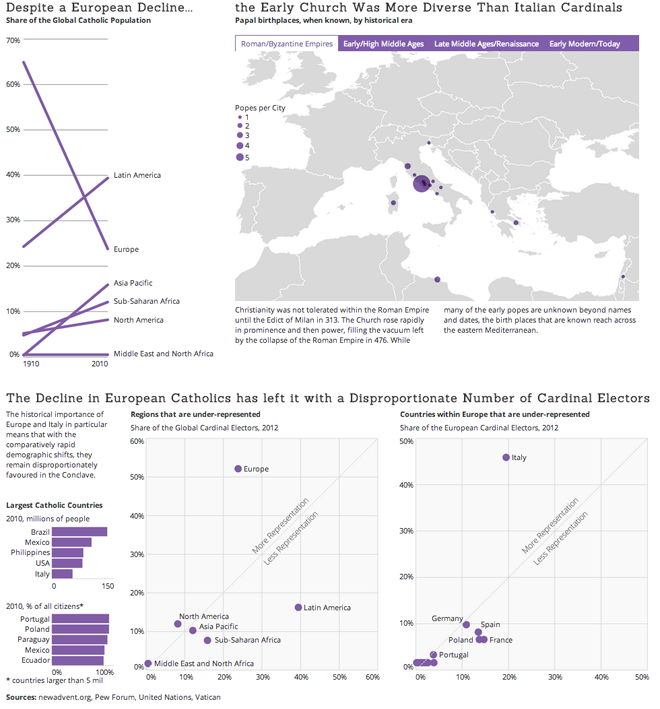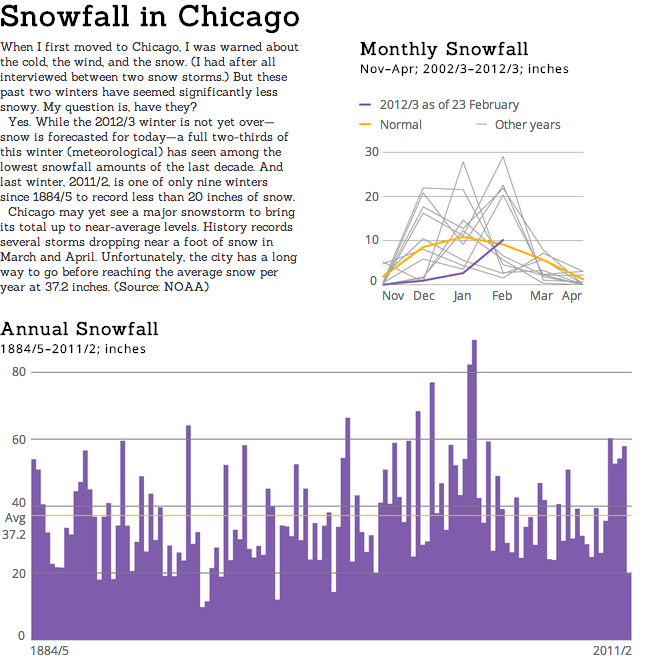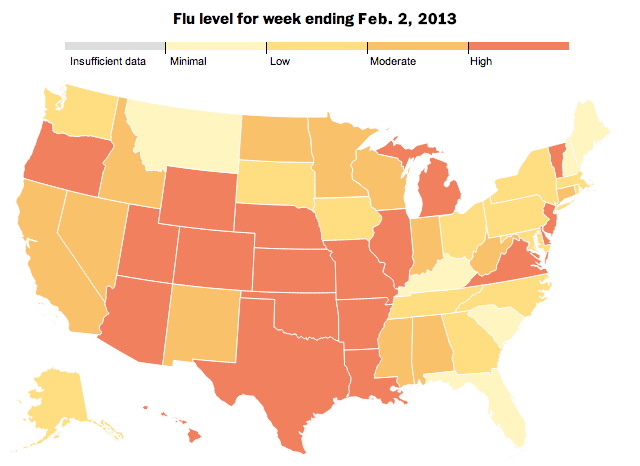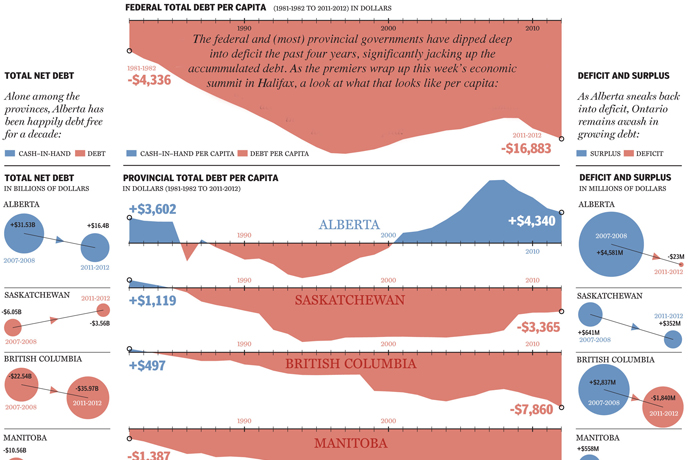I am a fan of the Boston Red Sox and have been since 1999. The first (and sadly only) Red Sox game I saw at Fenway was the day after Nomar Garciaparra hit three home runs in one game. Two of them were grand slams. For you non-baseball folks (NBF) reading this, that is majorly impressive. Anyway, the Red Sox traded him in 2004 to acquire some pieces they needed to make a run for the World Series title that had eluded them for 80+ years (also significant for NBF). The result? My favourite player traded to the Cubs, but my favourite team won the World Series.
But now it’s Opening Day, the kickoff for the baseball season—that reference is for you American football fans. (To be fair, there was a game last night between two Texas teams, but today’s the de facto start.) Since that 2004 trade, however, the Red Sox have not had a consistent, long-term shortstop of the same offensive calibre of Nomar. How bad has this revolving door been? My infographic today looks at the shortstop replacements for Nomar Garciaparra.
